Is the full-frame Leica Q (Typ 116) really worth its £2,900 premium price compared to the £840 Fujifilm X100T? Andy Westlake finds out
Leica Q (Typ 116)
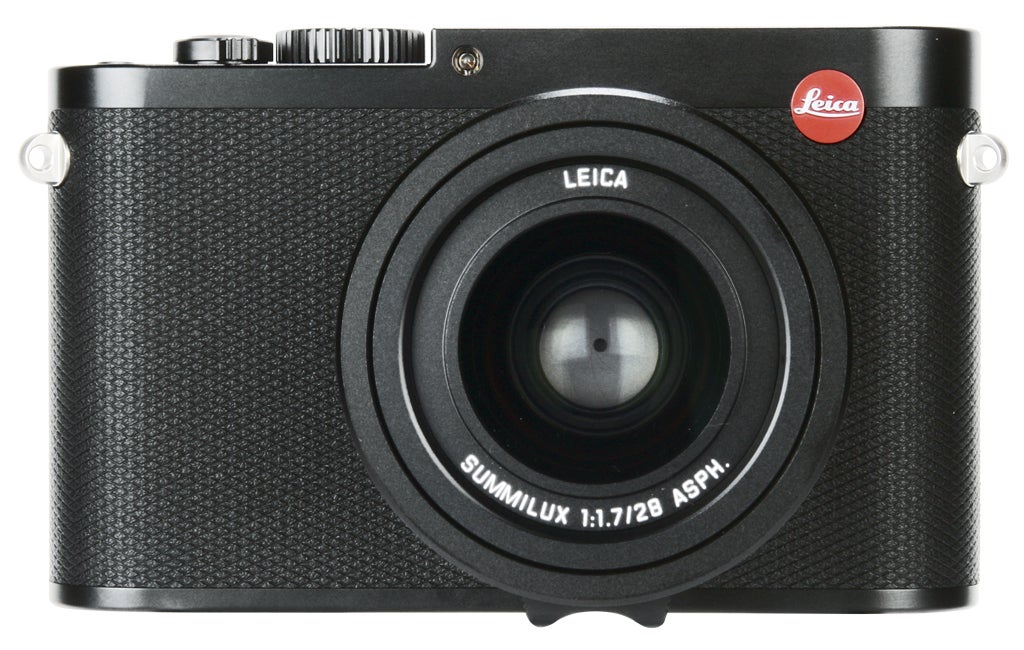
Price: £2,900
Website: www.leica.co.uk
With its 24-million-pixel full-frame sensor and 28mm f/1.7 lens, the Q promises stunning quality
The Leica Q takes all its design cues from the company’s legendary M-series rangefinders, but behind its retro exterior it’s a thoroughly modern camera.
Leica is best known for its iconic M-series rangefinder cameras, which have remained pretty much unchanged in terms of exterior design for 60 years. Its premium fixed-lens compact model, the Q (Typ 116), is strongly modelled after the M, with a conventional-looking focus ring and aperture ring around the lens, as well as a top-plate shutter-speed dial. Leica’s signature rounded-end body design adds to the illusion.

Things aren’t all as they at first appear, though, and rather than an optical viewfinder the Q employs a 3.7-million-dot EVF – quite simply the best we’ve seen on any camera to date. It’s large, bright and high resolution, to the extent that it’s easy to forget you’re not using an optical unit.
Images are recorded using a 24-million-pixel full-frame sensor, with a sensitivity range of ISO 100-50,000. The 28mm f/1.7 optically stabilised lens is threaded for 49mm filters, and a rectangular metal hood is supplied which screws onto an outer thread. Rotating a dial on the barrel enters macro mode, which allows focusing to about 9cm from the front of the lens. Image quality holds up very well, even at maximum aperture.
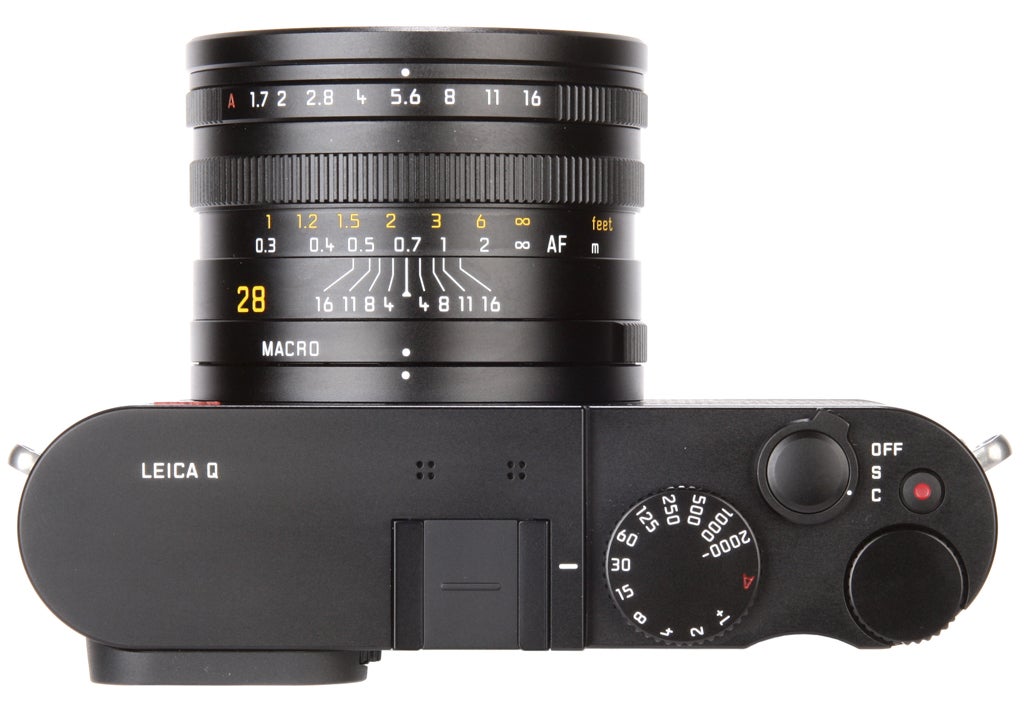
Manual focus is electronic rather than mechanical, but that doesn’t stop the Q being one of the nicest cameras for manual focusing ever made. The focus ring is perfectly damped and the camera can be set to activate focus peaking and/or magnified view when it’s turned. This, combined with the lens’s relatively shallow depth of field, makes accurate focusing a breeze. If you’d rather use autofocus, this is fast, silent and almost invariably accurate, and the focus area can be set using the 1.06-million-dot 3in touchscreen.
Build quality is absolutely superb, leaving the X100T in the shade. With its aluminium top-plate and metal body shell, the Leica Q feels as solid as a rock – but with the weight to match. However, there’s no doubt you’re getting your money’s worth in terms of materials and finish.
Where the Q does feel a little left behind, though, is secondary controls. With no on-screen quick menu and only two programmable buttons, I found myself needing to use the main menu more than I’d like to access functions such as white balance and metering.
Resolution
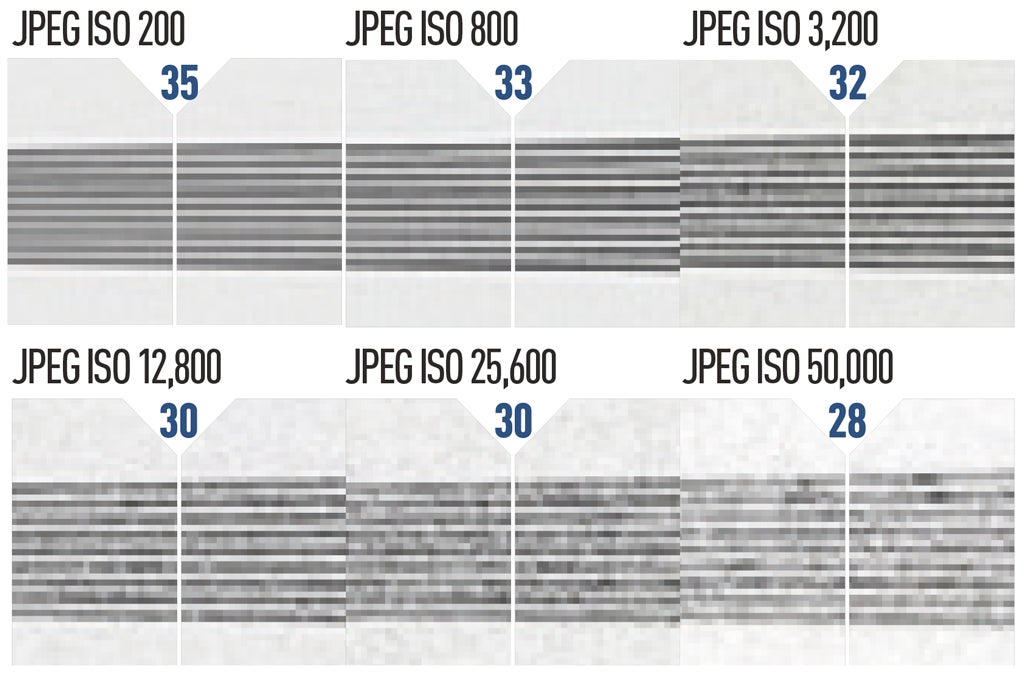
At around 3,500l/ph at ISO 100, the Leica Q out-resolves the X100T just as we’d expect, but its Bayer sensor array means that colour moiré is a bit more prevalent. However its full-frame sensor means that noise doesn’t have too big an impact as the ISO is raised, and we still see around 3,200l/ph at ISO 3,200 in these tests. Even at ISO 50,000 the Q still resolves 2,800l/ph, as judged from our test chart.
Dynamic range
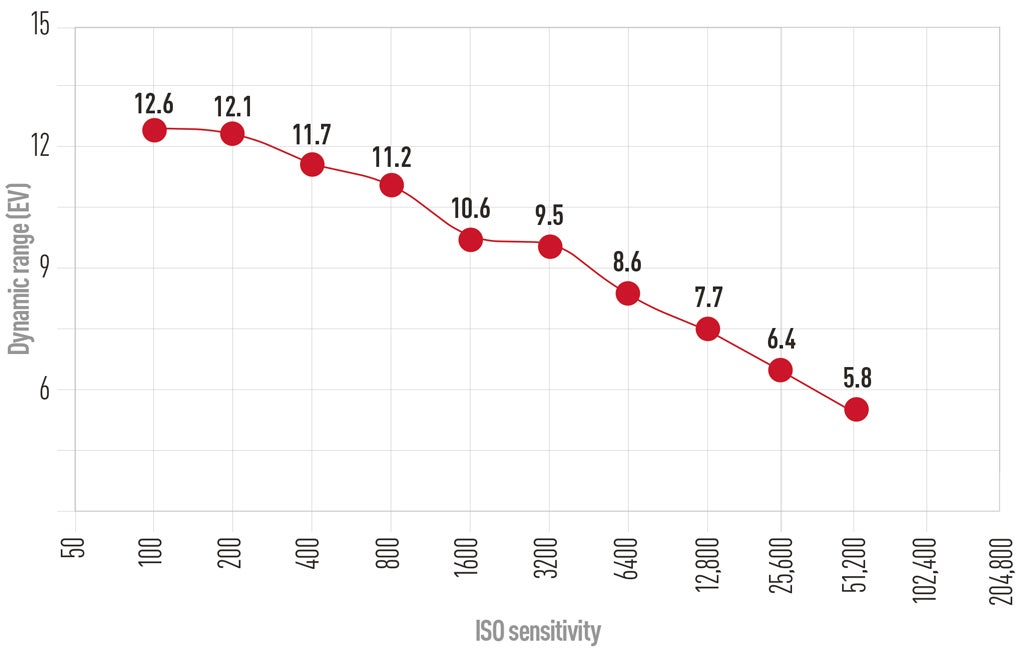
The Leica Q’s full-frame sensor offers superb dynamic range, with a reading of 12.6EV at ISO 100 in our Applied Imaging tests. The result is exceptionally malleable raw files with lots of shadow detail recoverable from raw files at low ISOs. Raising the sensitivity sees a monotonous fall, with very low results at the top two ISO settings.
Noise
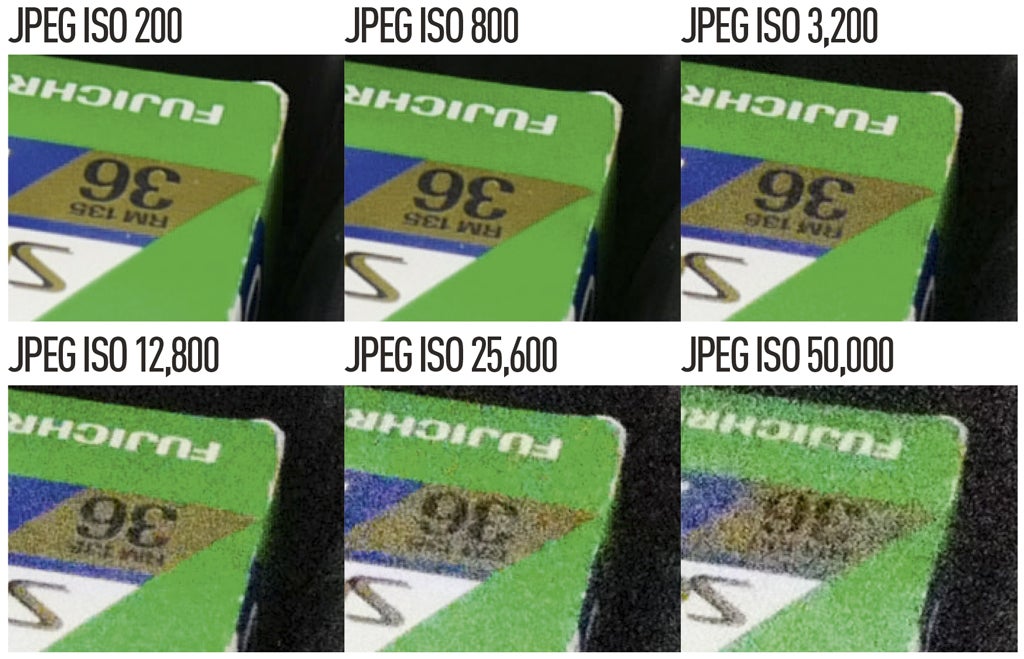
The Leica Q gives stunningly detailed noise-free images at ISO 100, and maintains its excellent quality as the sensitivity is raised. There’s a little noise visible at ISO 3,200, but it’s not remotely problematic, and even ISO 12,800 is entirely usable for smaller output sizes. Beyond this, noise has a more destructive impact, and ISO 50,000 should be avoided.




